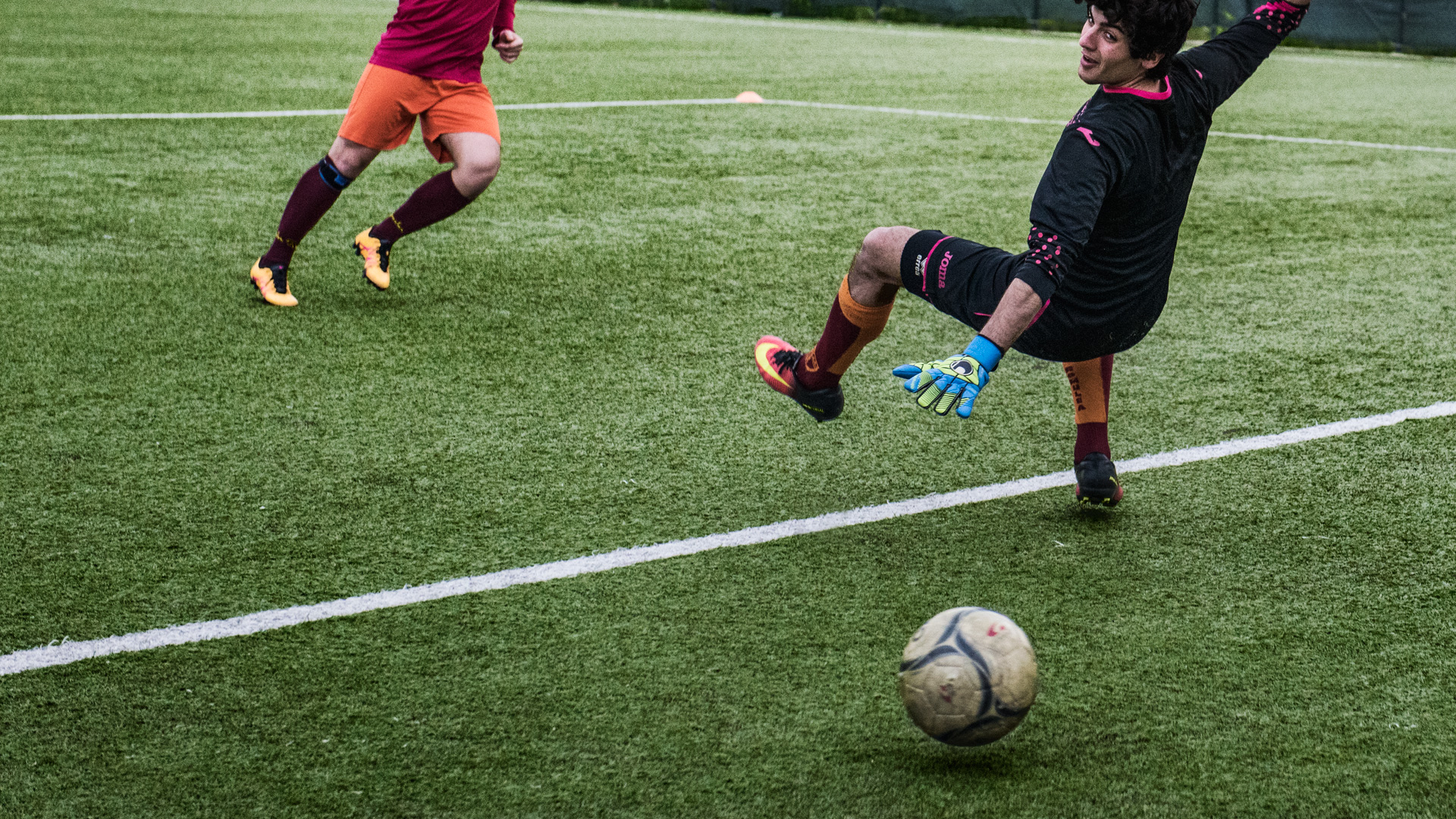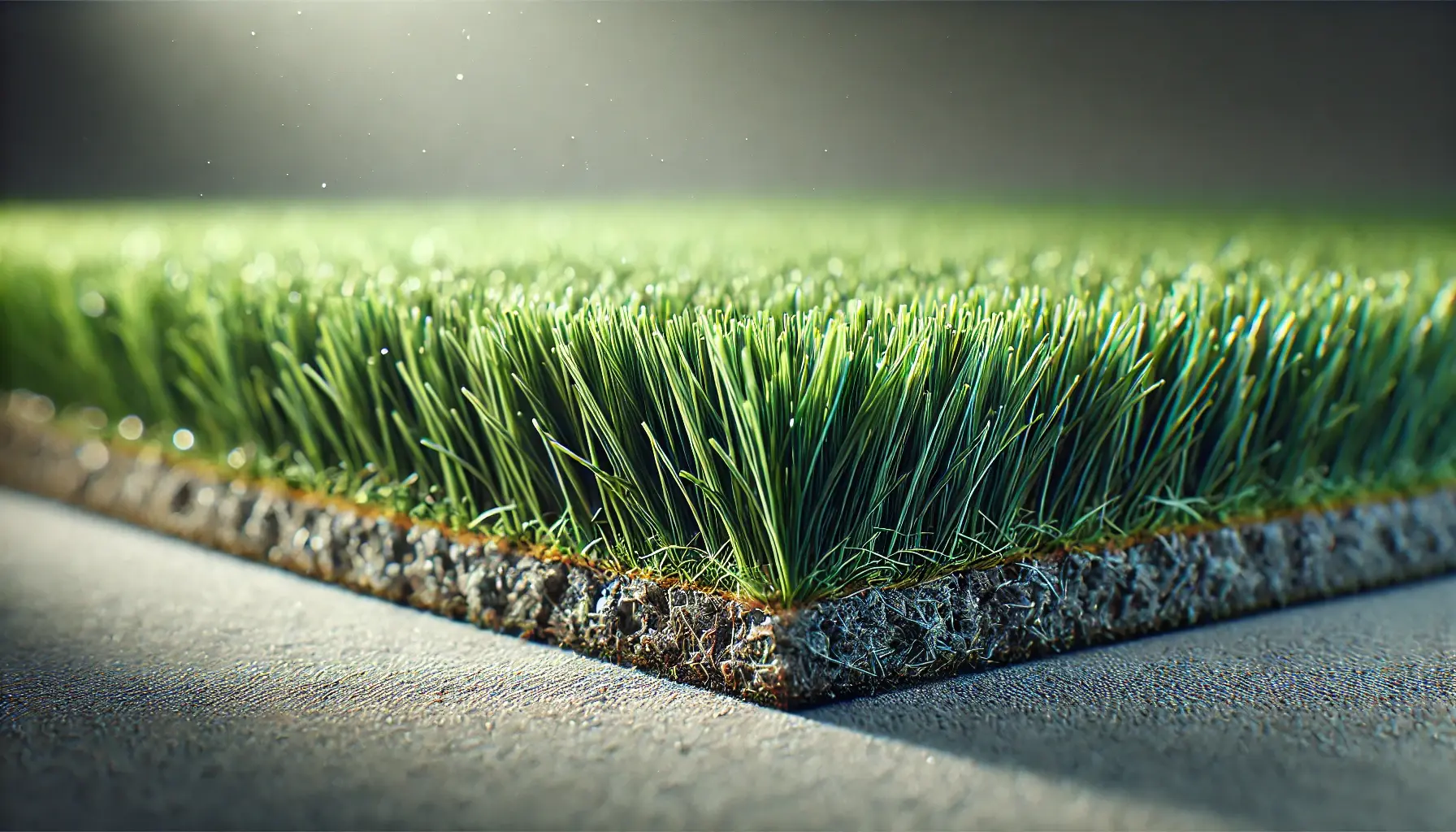Highly-Ranked Phoenix Turf Companies Providing Synthetic Grass Options
Highly-Ranked Phoenix Turf Companies Providing Synthetic Grass Options
Blog Article
See Why Homeowners Prefer Synthetic Grass for Lasting Landscaping Practices
As property owners increasingly focus on sustainability in landscaping, fabricated grass has arised as a compelling option to typical grass. What stays to be explored is the full extent of advantages that man-made lawn can supply to homeowners and the atmosphere alike.
Water Conservation Conveniences
Among one of the most considerable advantages of synthetic grass is its role in water preservation. Typical grass lawns need substantial amounts of water to maintain their rich look, often bring about overuse of local water sources, especially in arid regions. In contrast, fabricated lawn removes this demand entirely, as it does not call for irrigation. This not only saves water but also minimizes the pressure on local water supply, especially during dry spell problems.
In addition, the setup of man-made grass can contribute to a much more lasting landscape. Property owners can considerably lower their water costs, permitting for reallocation of resources to other ecological efforts or house uses. Additionally, synthetic grass is developed to stand up to numerous climatic problems without the requirement for supplemental watering, making it a perfect choice for regions facing water shortage.
The environmental advantages prolong past immediate water cost savings. By lowering water usage, synthetic grass helps to mitigate the effects of climate modification, maintaining important ecological communities that are intimidated by too much water removal. As sustainable landscape design methods get traction, synthetic lawn becomes an accountable selection for property owners seeking to develop environmentally friendly exterior spaces.
Reduced Maintenance Efforts
Man-made grass significantly minimizes upkeep initiatives contrasted to standard lawn yards. With synthetic turf, property owners can eliminate the time-consuming jobs related to natural landscaping, such as mowing, fertilizing, and weeding. This not only saves important time but additionally decreases physical labor, making yard treatment easily accessible for individuals of every ages.
Standard lawns require regular cutting to preserve a visually pleasing height, whereas artificial grass remains regularly lush without the demand for cutting. Additionally, homeowners no much longer require to apply chemicals or plant foods, which are often needed to maintain natural turf healthy.
Additionally, synthetic grass is resilient and durable, calling for marginal maintenance beyond occasional cleaning and washing to eliminate debris. This convenience of upkeep permits home owners to appreciate their exterior areas without the continuous concern of upkeep, providing even more time for recreation and household tasks. Inevitably, the decreased maintenance initiatives connected with man-made grass make it an enticing option for those looking for a low-maintenance, visually appealing landscape.

Environmental Influence Decrease
There is an expanding acknowledgment of the environmental benefits linked with synthetic grass, especially in terms of water conservation and decreased chemical usage. Standard lawns call for substantial quantities of water, specifically in drought-prone areas, leading to raised strain on local water sources. On the other hand, synthetic lawn gets rid of the requirement for watering, substantially reducing water usage and advertising sustainability.
In addition, conventional lawn upkeep frequently includes the application of pesticides, herbicides, and fertilizers, which can add to dirt and water air pollution. Synthetic grass alleviates this environmental danger by calling for minimal maintenance and virtually eliminating the requirement for unsafe chemicals. This not only boosts dirt health and wellness however additionally secures neighborhood environments from hazardous drainage.
Additionally, the manufacturing of natural grass lawns usually includes making use of nonrenewable fuel sources for trimming and landscape design tools, further adding to greenhouse gas exhausts. By selecting synthetic grass, property owners can significantly reduce their carbon impact connected with grass treatment tasks.
Visual Appeal and Versatility
Along with its environmental benefits, synthetic grass offers significant aesthetic appeal and convenience for landscape design. House owners can achieve a lavish, environment-friendly appearance year-round, eliminating the seasonal changes typically related to natural grass. This regular aesthetic not just enhances the visual allure of a building but also adds to a properly maintained and refined look.
Furthermore, synthetic grass is offered in a selection of shades, structures, and styles, enabling customization to suit individual choices and layout themes - Arizona turf. Whether used in residential gardens, industrial spaces, or entertainment locations, it can flawlessly integrate right into varied landscape design styles, from contemporary minimalist to lavish exotic setups
The flexibility of artificial grass expands past mere appearance; it can be mounted in numerous locations, consisting of roofs, outdoor patios, and even interior spaces, developing Continue chances for distinct landscaping solutions. In addition, it is suitable for a variety of activities, from kids's play locations to pet-friendly settings, offering capability without jeopardizing style.
Eventually, the visual charm and adaptability of artificial turf make it an eye-catching option for home owners seeking lasting landscaping options that do not give up appeal for environmental responsibility.

Long-Term Price Savings
One of the most compelling benefits of synthetic grass is its capacity for long-lasting expense savings. Unlike all-natural yard, which calls for regular maintenance-- consisting of mowing, watering, feeding, and bug control-- man-made lawn substantially decreases these ongoing expenses. Homeowners can save a considerable quantity on water costs, especially in regions where water deficiency is a pushing issue. The elimination of grass treatment services even more adds to monetary savings, as there is no need for customized devices or labor.
Furthermore, synthetic grass has a life expectancy of 15 to 25 years, depending upon its quality and use. This durability decreases replacement prices, making it a more economical choice in the lengthy run. The initial investment in man-made lawn can frequently be redeemed through the cost savings accumulated over time.
While the in advance price may appear higher contrasted to sod installation, the collective savings from reduced maintenance and water use frequently outweigh these preliminary expenditures. Ultimately, the adoption of man-made grass not only advertises a lasting landscape design remedy yet likewise offers house owners a financially wise choice that lines up with long-lasting budgeting goals.
Final Thought
Synthetic next turf emerges as an engaging choice for lasting landscaping, supplying considerable benefits in water conservation, minimized maintenance efforts, and decreased environmental impact. As areas significantly prioritize ecologically pleasant practices, the adoption of man-made grass represents a progressive step toward accomplishing durable and lasting landscapes.
Furthermore, man-made turf is made to hold up against different weather problems without the requirement for supplemental watering, making it an optimal option for regions facing water deficiency. (Phoenix turf companies)

Artificial lawn emerges as a compelling alternative for sustainable landscape design, providing substantial benefits in water preservation, reduced maintenance efforts, and decreased environmental influence.
Report this page